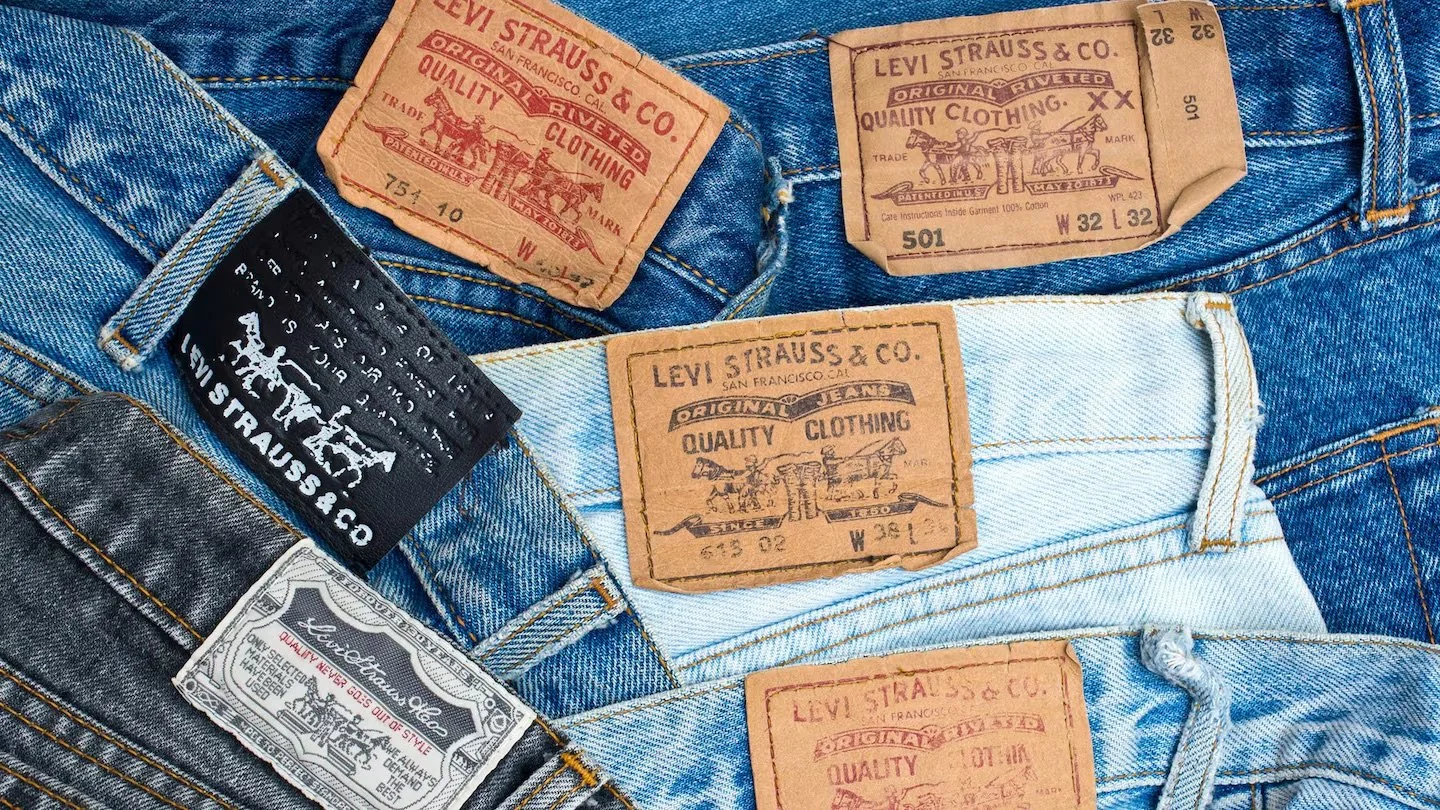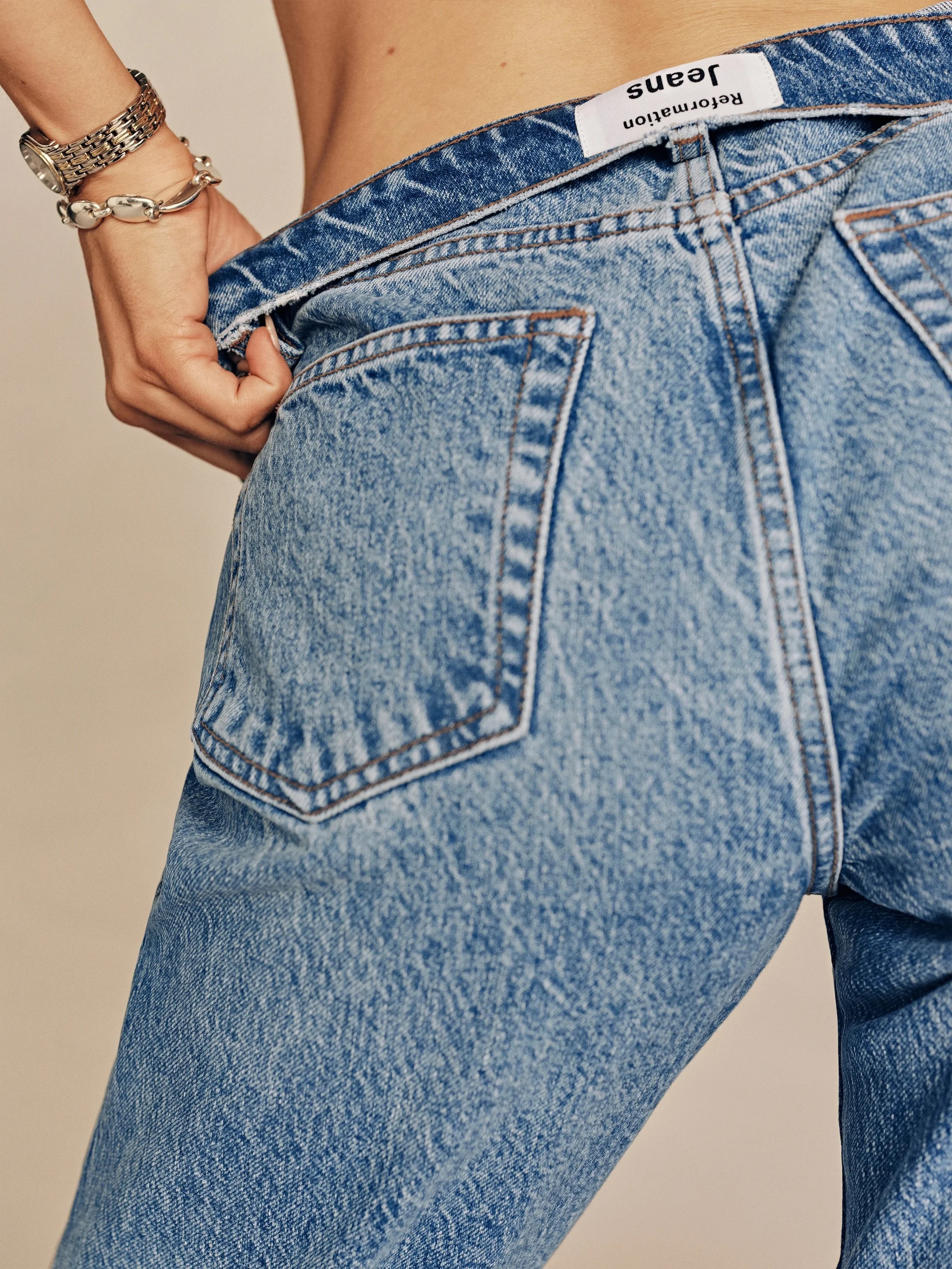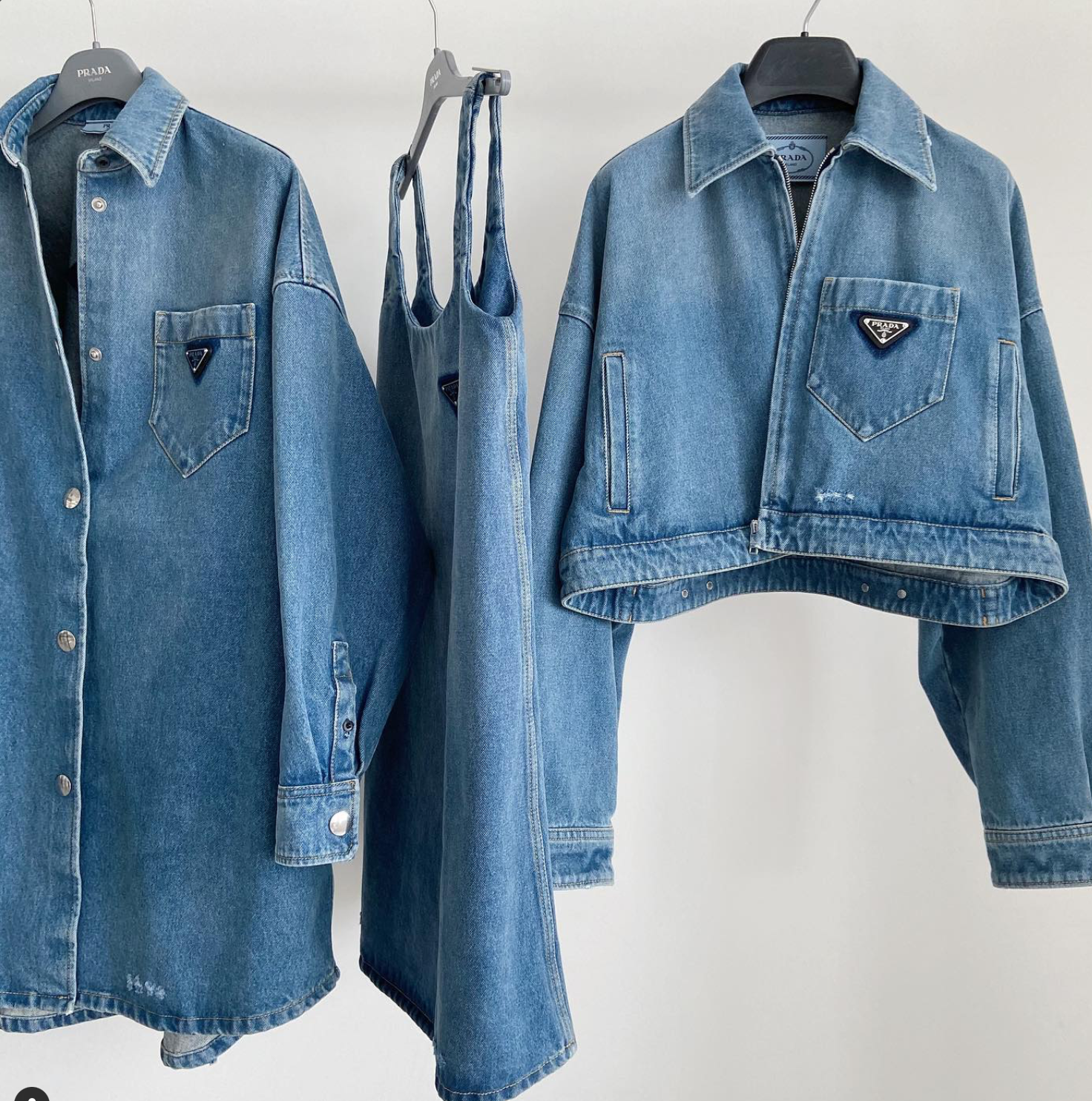The True Cost of Trendy: Unpacking the Water Footprint of Denim
As a fashion and beauty enthusiast, my love for denim is boundless—from classic jeans to chic jackets, denim is a staple in wardrobes across the globe. But behind the timeless appeal of our favorite blue fabric lies a sobering truth: the production of denim is incredibly water-intensive. 🌊👖
The Water-Intensive World of Denim Production
The process of making just one pair of jeans consumes an astonishing amount of water, from growing the cotton to finishing the product. The journey of a single pair of jeans can use up to 1,800 gallons of water—that's more than enough to fill 27 bathtubs! 🛁💦
Key Stats to Know:
20% of global industrial water pollution is from garment manufacturing.
85% of the water used in textile processing is for dyeing, contributing to water pollution.
Jeans manufacturing alone uses 1.3 trillion gallons of water each year just for dyeing!
93 billion cubic meters of water are used annually by the fashion industry, enough for five million people’s needs.
These staggering numbers highlight the pressing need for sustainable practices in the denim industry. 🌍
Spotlight on Sustainable Brands
While the statistics are daunting, change is on the horizon. Brands like Levi's, Reformation, and Prada are pioneering efforts to reduce water usage and promote sustainability. Let’s take a closer look at how these brands are making a difference:
Levi’s: Pioneering Water Conservation
Levi's has long been synonymous with denim, and they're leading the charge in sustainability too. Their innovative Water<Less™ techniques have revolutionized the industry, reducing water usage by up to 96%. This initiative has saved over a billion liters of water so far! 🌊👖
Levi’s also participates in the Better Cotton Initiative to improve cotton farming globally. Their efforts have reduced water usage by 18% in cotton production alone. Moreover, the CEO of Levi’s made headlines by revealing he doesn’t wash his jeans often, promoting water conservation and challenging consumer habits. 🌿👖
Reformation: Achieving Water Neutrality
Reformation makes the bold claim of being 100% water neutral. How? By implementing efficient production practices, using less water-intensive fabrics, and partnering with the Bonneville Environmental Foundation to balance out the water they do use. Their commitment extends to restoring water in critically dewatered rivers, making a significant positive impact on water conservation. 💧🌱
Prada: Innovating with Organic Denim
Prada is not just a powerhouse in fashion—they're also innovators in sustainability. Their new line of denim uses 100% certified organic cotton and a pioneering Acquasave dyeing process that drastically reduces water usage. By integrating eco-friendly materials and processes, Prada is setting a new standard in luxury sustainable fashion. 🌍👖
What Can We Do?
As consumers, we hold power. By choosing sustainable brands and being mindful of our consumption habits, we can make a significant impact. Consider these tips:
Support sustainable brands that prioritize water conservation.
Recycle and upcycle your denim.
Wash your jeans less frequently to conserve water and extend their life.
Conclusion: A Stylish Step Forward
Embracing sustainable denim isn't just about fashion—it's about making a positive impact on our planet. By supporting brands that are committed to water conservation, we can help reduce the fashion industry's water footprint. Together, let's make every drop count! 💧👖
Join me as we continue to explore the intersection of style and sustainability on our blog. Your next favorite pair of jeans could help save the planet! 🌎✨
This exploration into the water footprint of denim is just the beginning. In my upcoming posts, we'll dive deeper into other aspects of sustainable fashion, ensuring that our style choices contribute positively to our planet. Stay tuned and stay stylish! 🌟👗



